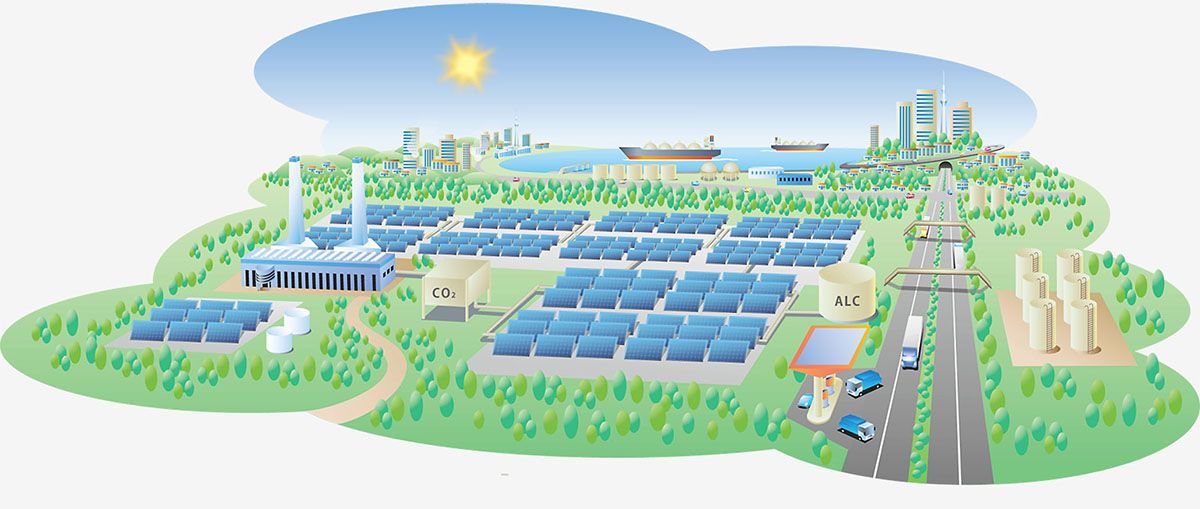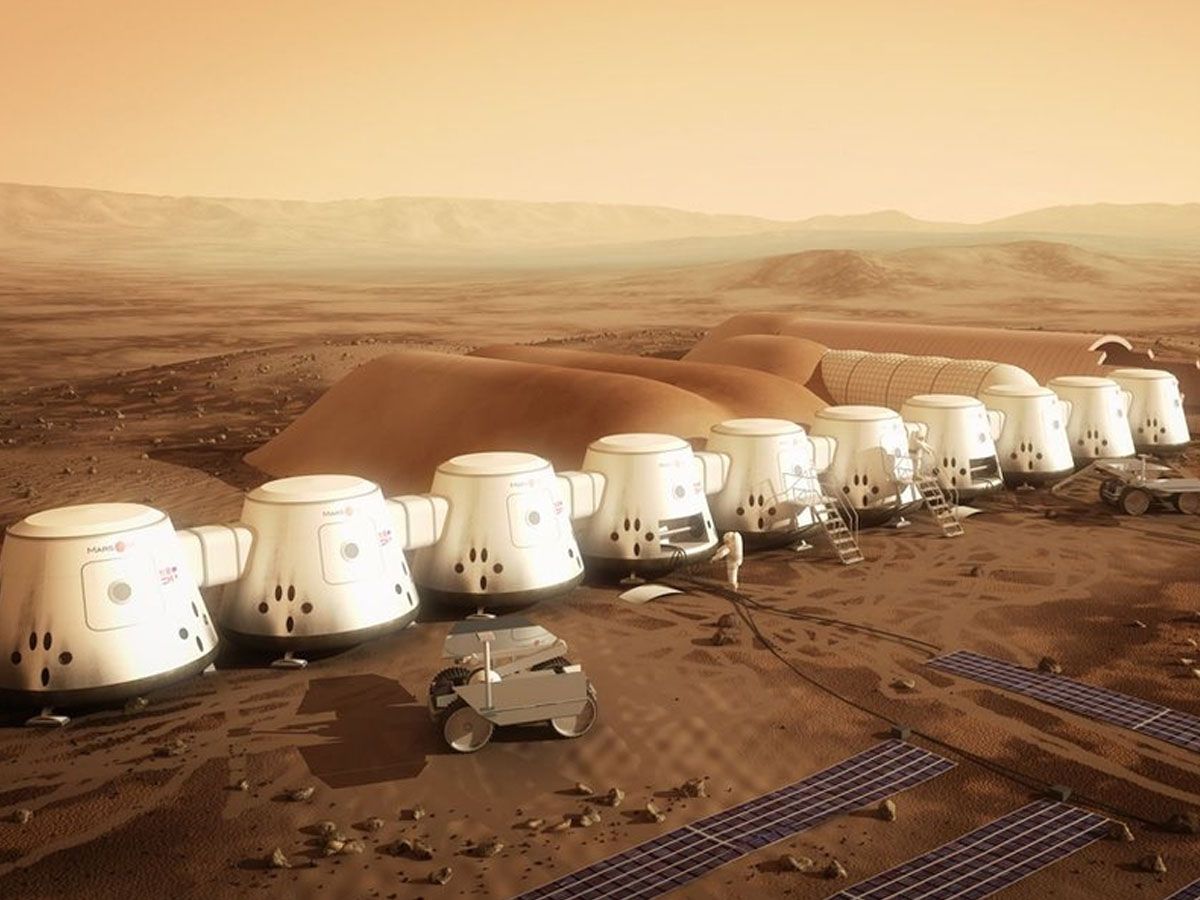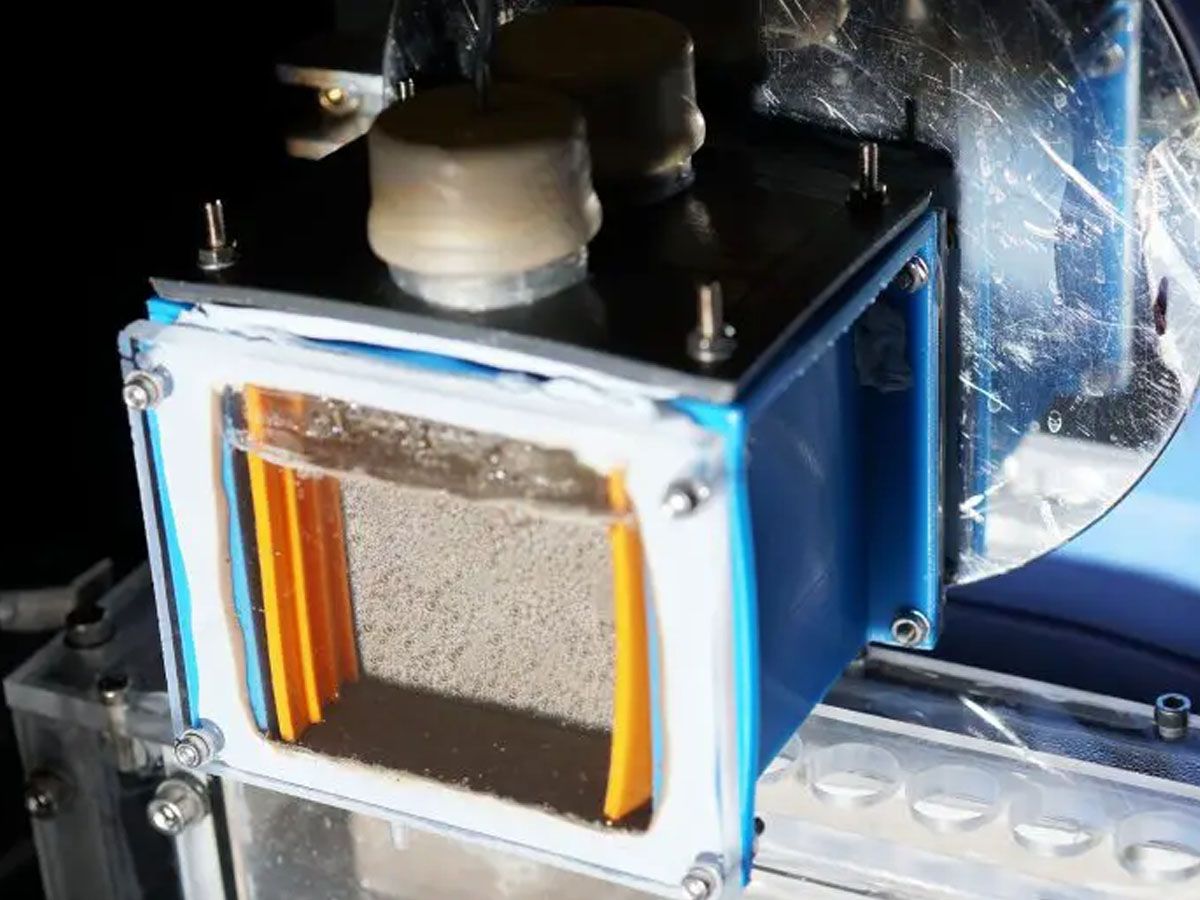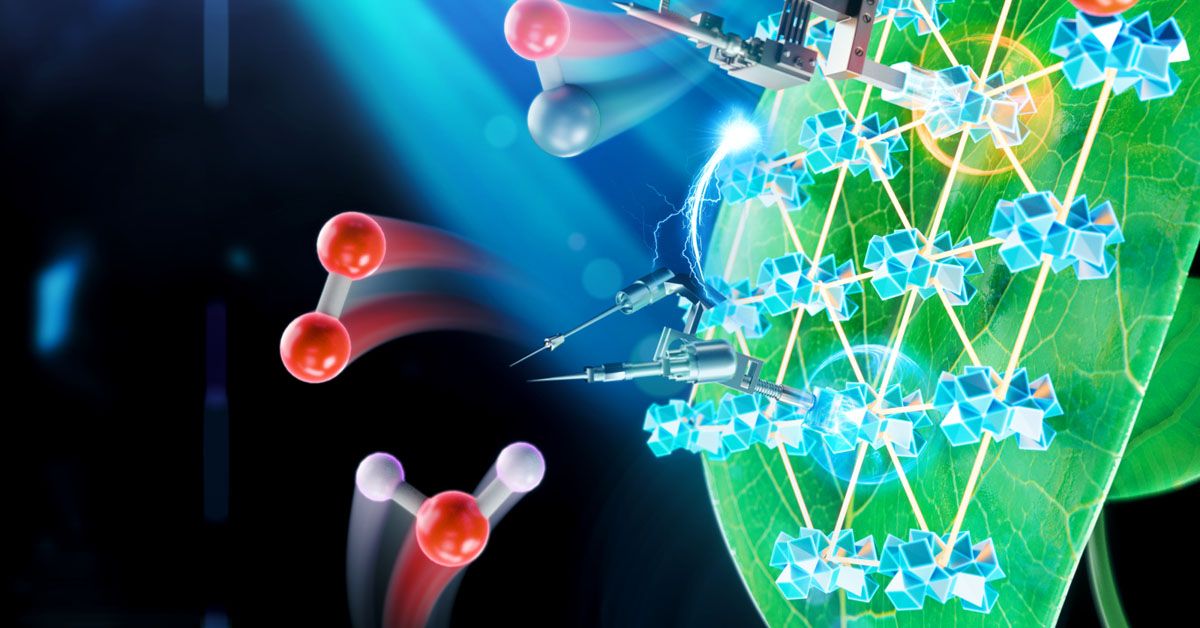Imagine a future where humans aren't just confined to Earth, but live prosperously on Mars, the Moon, or even in floating space colonies. How would we breathe, grow food, and survive in such alien environments?
Could a process that's crucial to life on Earth, photosynthesis be recreated and manipulated to sustain life far beyond our home planet?
This is not a realm of science fiction anymore, thanks to groundbreaking advancements in a technology known as artificial photosynthesis.
Understanding Life and Photosynthesis on Earth
Life on our planet is part of a delicate, interconnected web, and a critical thread in this tapestry is photosynthesis.
If you're thinking about photosynthesis, what you're really envisioning is a natural miracle executed by a diverse array of life forms, including green plants, algae, and certain types of bacteria.
In essence, these organisms perform an amazing act of alchemy - they take sunlight, carbon dioxide (CO2), and water (H2O) and turn them into oxygen (O2) and glucose (a sugar variant).
This extraordinary transformation not only powers their own growth and reproduction but also contributes to the generation of oxygen that we, humans, need to breathe.
Diving deeper into the significance of photosynthesis, one cannot ignore its multi-faceted roles in maintaining life on Earth. Besides producing oxygen, photosynthesis aids in maintaining the balance of atmospheric gases.

By utilizing carbon dioxide, it helps prevent this greenhouse gas from accumulating excessively in the atmosphere, thus playing a significant part in the planet's climate regulation.
Moreover, photosynthesis is the foundation of Earth's food chains. At the bottom of these chains, we find photosynthesizing organisms, collectively known as "producers".
These producers convert solar energy into chemical energy (glucose), which is then consumed by other creatures, the "consumers".
From the tiniest insect to the largest whale, every living organism is part of this grand food web, demonstrating the central role photosynthesis plays in Earth's biodiversity.
Can this essential Earthly process of photosynthesis be engineered artificially, and more importantly, can it be leveraged to support life beyond Earth?
Theoretical Framework and Functioning of Artificial Photosynthesis Devices
As our understanding of natural photosynthesis has grown, so too has our ability to mimic this process artificially. A recently published paper in Nature Communications has shed light on some significant strides made in this area.
Scientists have been able to develop systems that use sunlight, water, and carbon dioxide to produce oxygen and energy-rich substances, mirroring natural photosynthesis.
Before we delve into the potential applications, let's understand how these artificial photosynthesis devices work. These devices, at their core, use semiconductor materials and metallic catalysts.

When sunlight hits these materials, they generate electric charges. These charges then power chemical reactions that convert carbon dioxide and water into oxygen and other energy-rich substances.
The efficiency of these devices relies heavily on the choice of materials used and the design.
Different types of semiconductors can capture various parts of the solar spectrum, and selecting the right catalysts can increase the speed and efficiency of chemical reactions.
Challenges in Current Oxygen Production on the International Space Station (ISS)
Currently, the ISS uses a process called electrolysis to generate oxygen. The station's solar panels supply electricity, which is used to split water into hydrogen and oxygen.
While the oxygen is circulated in the station for the crew to breathe, the hydrogen is vented into space.
This process works, but it has its drawbacks. First, the system is quite heavy, which is a significant disadvantage when every kilogram added increases the cost of space missions.
Secondly, the electrolysis equipment is complex and needs regular maintenance, a task that becomes increasingly challenging in the austere environment of space.

Given the challenges associated with current oxygen production methods, the search is on for alternative systems.
These would ideally be more reliable, efficient, and lighter than existing technologies. They would also need to be less complex and easier to maintain.
Additionally, as we look forward to more extended space missions or even space colonization, we must think about recycling carbon dioxide.
Astronauts exhale carbon dioxide, which in high concentrations can be harmful. Currently, the ISS uses a system that removes carbon dioxide from the air but does not recycle it.
A more sustainable solution would be to convert this carbon dioxide back into useful resources, potentially closing the loop in a life-support system.
Harnessing Solar Energy for Oxygen Production and Carbon Dioxide Recycling with Artificial Photosynthesis
Imagine a device that not only produces oxygen for astronauts to breathe but also recycles carbon dioxide exhaled by them. It is like hitting two birds with one stone.
The device would ensure a constant supply of breathable air and simultaneously reduce the risk posed by excess carbon dioxide.
The best part? The energy needed for these processes would come from the abundant and ever-present sunlight in space.
One of the biggest challenges in space travel and habitation is the need to carry everything from Earth. Every additional kilogram adds to the launch costs and fuel requirements.
Therefore, having a compact, lightweight system for oxygen production would be a boon for space missions.

Artificial photosynthesis devices promise just that: a substantial reduction in weight, volume, and system complexity.
Instead of bulky, mechanical systems that are prone to breakdown and require regular maintenance, we could have small, self-sustaining devices doing the same job more efficiently.
These devices wouldn't just save space and weight; they could also significantly cut down on the energy required for life-support systems.
The real question is, can these devices work in the harsh conditions of space?
While the idea sounds promising, it's vital to consider factors such as the difference in sunlight intensity and temperature fluctuations in space.
However, early tests are promising. Artificial photosynthesis devices have shown the potential to withstand a range of conditions, making them a viable contender as complementary technologies to existing life support systems in space.
Applications of Artificial Photosynthesis Beyond Earth
Artificial photosynthesis has potential applications on various celestial bodies, and one of the most viable candidates is our closest neighbor, the Moon. The discovery of water ice in the lunar polar regions has opened up new possibilities.
Scientists speculate that lunar soil and water could be used as resources for artificial photosynthesis on the Moon. In this scenario, devices would use sunlight and lunar resources to create oxygen and other necessary substances.
This capability could significantly reduce the load that future lunar missions would need to carry from Earth, making the concept of a lunar base much more feasible.

With its allure of being the most Earth-like planet in our solar system, Mars presents another exciting avenue for artificial photosynthesis.
The thin atmosphere of Mars, primarily composed of carbon dioxide, along with traces of water, could theoretically be utilized for artificial photosynthesis.
However, Mars poses unique challenges, such as lower light intensity due to its distance from the sun and extreme temperature variations.
Solar mirrors might be a way to increase light intensity, but these concepts still need to be tested and verified.
Potential Earthly Applications
Artificial photosynthesis is not just about life beyond Earth. It could significantly impact life right here at home, potentially changing the way we think about energy and sustainability.
In creating artificial atmospheres, for example, this technology could be used to restore oxygen levels in environments where they have been depleted, such as in submarines or underground facilities.
Additionally, these devices could be engineered to produce various energy-rich chemicals instead of, or in addition to, oxygen.
This capability could open up new ways to generate fuels and other useful substances directly from sunlight, carbon dioxide, and water - a potential boon for our planet's energy needs.

As a civilization, we are progressively recognizing the pressing requirement for sustainable energy approaches. Our collective efforts are directed towards minimizing reliance on non-renewable sources, and artificial photosynthesis emerges as a pivotal player in this shift.
This mechanism, which turns sunlight into energy-laden compounds, holds the promise of a sustainable, carbon-neutral energy supply.
Such innovation might hold the answer to decreasing greenhouse gas emissions and addressing the global imperative of climate disruption.
Interestingly, the paths of space exploration and sustainable energy targets intersect more than one might initially think. Both disciplines share a common objective of leveraging novel technologies and concepts to engineer a superior, more sustainable future.
Progress in the field of artificial photosynthesis not only carries the potential of enabling human existence outside our home planet, but also reveals new possibilities for sustainable energy generation.
Sources: nature.com












